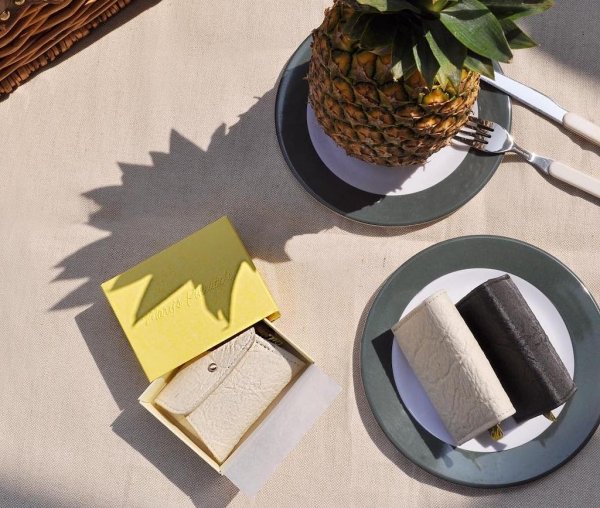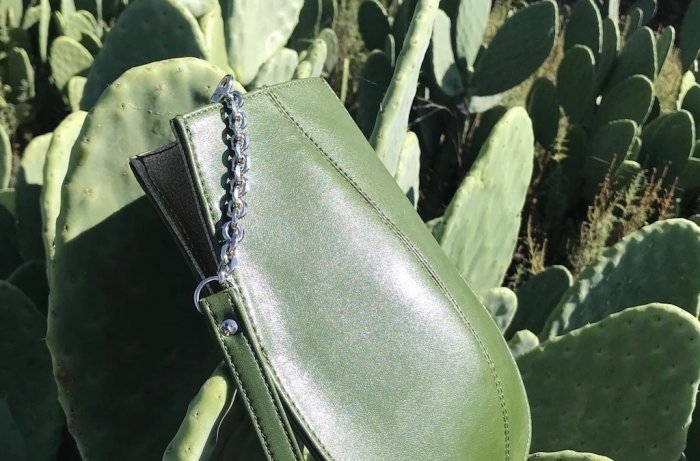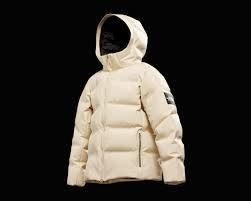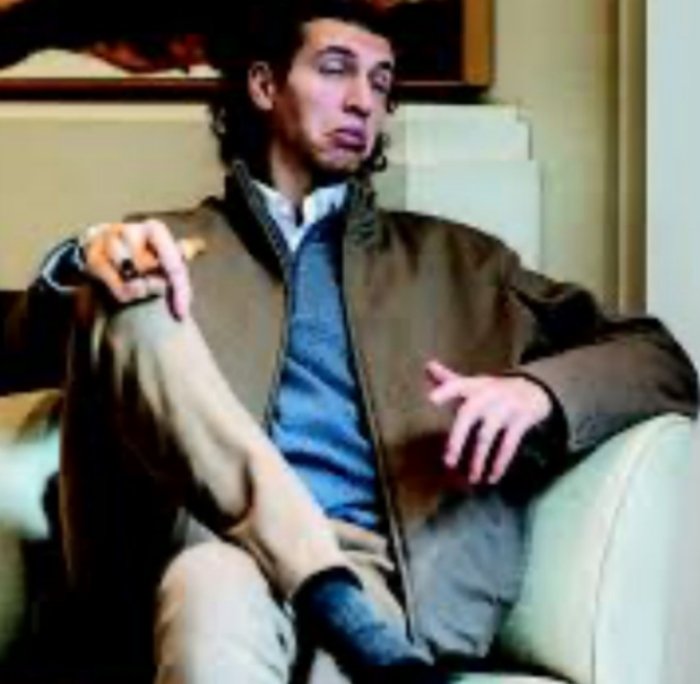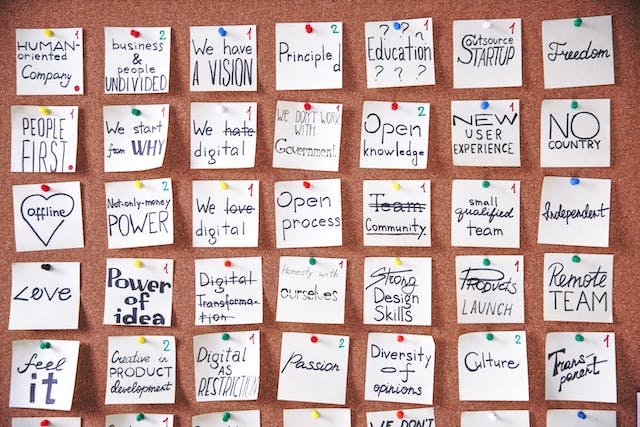During the past ten years, there have been a lot of discussions regarding leather and leather alternatives. For those who are committed to not wearing animal products, this has been a well-documented journey. In this blog, we will explore the use of leather and its alternatives and what is the best way forward as a conscious and aware consumer.
Source & Copyright by freepik
Leather is a material I have worn and bought for many years. I really love shoes and bags; I also have some beautiful leather jackets, pants and even shorts (you know I keep my clothes and accessories for a long time). Leather is certainly perceived as a luxurious material, hence its desirability - until recently. With the increase of veganism and awareness for animal welfare, using this animal resource became far less desirable, and replacements were needed.
The Sustainable Material and Fashion Maven and pioneer - Stella McCartney - has never used leather in her namesake brand. When she launched her famous Falabella bag in a leather alternative (since replaced by “Mylo™ – an innovative new material that looks and feels like leather, but is vegan and grown from mycelium, the underground root structure of mushrooms.”) I found it hard to understand, she was clearly ahead of her time, and I was too distracted with what Gucci, Celine and others were making.
“Stella McCartney has never used leather, feathers, fur or skin since day one. By taking this stance, we are proof it is possible to create beautiful luxury products that are cruelty-free. As well as being cruel, leather’s environmental impact is incredibly high. Animal agriculture accounts for around 18% of the world’s greenhouse gas emissions and is driving the destruction of our rainforests.”
McCartney has really forged a progressive journey towards leather alternatives with lower environmental impact, as well as a negative effect on animals.
Image Source: Mylo™
The more popular alternative has been “vegan leather”, which also supports animal rights. However, by now, the dirty secret is out. Many vegan leathers are made from PU or PVC - yes, our old friend oil. So they last for a very long time, if not forever. We know a lot about the impact of oil-based materials.
Additionally, the treatment and manufacturing processes also contribute to the negative environmental impact. There was a time when so many people were excited by vegan leather; I remember receiving a lovely gift from a friend. Sadly, the materials and processes were not well known. Yet, every cloud has a silver lining.
The disappointment or unease regarding PU-based vegan leather led to other tremendous innovations and discoveries, including natural-based materials and oil-free alternatives, such as mushroom leather, developed by such companies as Bolt Threads, Myco Works, and Ecovative. Bolt Threads and Myco Works are used a lot by Stella McCartney and have very credible alternatives. Another well-known option is Pinatex, which was created by Dr Carmen Hijosa. Piñatex is from cellulose fibres extracted from pineapple leaves - “../while far more eco-friendly than PU and PVC leathers in terms of requiring fewer carbon emissions to produce, it is still mixed with polylactic acid and a petroleum-based resin, which makes the end-product non-biodegradable.” Others include apple & mango leathers. There is also “Vegea” made from grape skin and used by H&M in bags and shoes, as well as cactus leather “Desserto Leather”.
There are so many exciting alternatives, yet there are still so many leather bags and shoes being sold. Will some major brands or retailers step forward and commit to a new direction? Perhaps some legislation will be implemented to reduce the use of leather.
For us personally (as consumers), you may ask, “What should I do?”
If you have bags in your wardrobe, select those first. There are so many available on resale sites, or swap and borrow with friends. As I research and write about these materials, trends and evolutions, I really value what I have in my closet. Prices have rocketed for branded bags, which again drives some level of consumption.
There are also incredible brands making an impact in ethical luxury, including the beloved “Stelar” and “Maestoso”. Ask yourself what is important when making this purchase, how long do you intend to use it, and what happens when you no longer want it.
As always, love life, and enjoy fashion.
Love,
Kate xx



